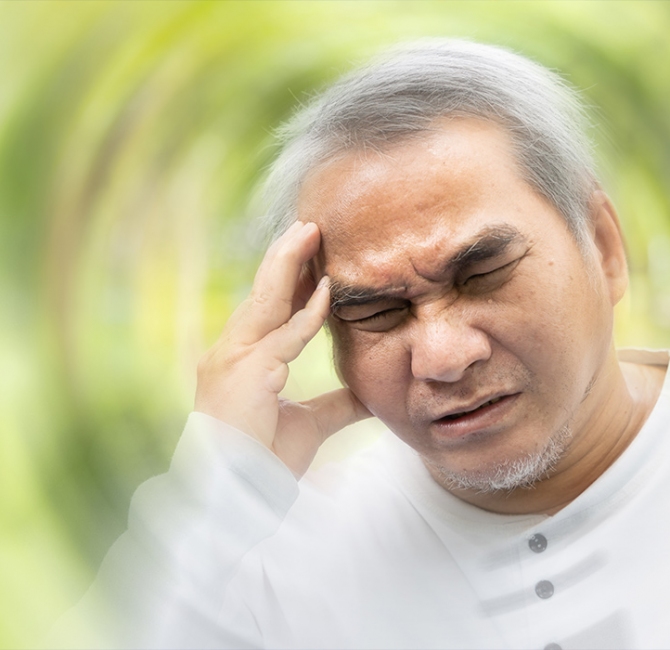Years ago, a clinical research team observed a link between male prepubertal gynecomastia and the use of lavender oil (LO) or tea tree oil (TTO) — two of the most common essential oils, and frequent ingredients in a range of cosmetics and personal hygiene products.
Recently, the same team sought to determine whether a similar link was observable between the use of these oils and premature thelarche, in girls before eight years of age.
Premature thelarche is the most common pubertal disorder in girls, but its causes remain unclear. Lavender is the most widely used essential oil by both men and women, while tea tree oil is third, study authors noted in The Journal of Clinical Endocrinology and Metabolism.
“There have been more examples from pediatric endocrinologists of idiopathic prepubertal gynecomastia in some patients,” study coauthor Kenneth Korach, PhD, a researcher with the National Institute of Environmental Health Sciences at the National Institutes of Health. “We wanted to determine if we could identify which individual components in LO and TTO had the hormonal activities and if the same substance had both estrogenic and anti-androgenic activity. The most recent observations were also effects in young female patients showing premature thelarche. We combined the clinical and basic research studies into our study.”
Over the seven-year study period, clinicians at Nicklaus Children’s Hospital in Miami, Florida drew case studies through their treatment of 24 patients who presented with either prepubertal gynecomastia or premature thelarche.
Among those, five girls with transient thelarche were found to have been exposed to products that contained lavender. In each case, the issue resolved after discontinuing lavender exposure.
Additionally, 11 of the 19 boys who were treated for prepubertal gynecomastia were exposed lavender-containing products.
“The continuous use of LO fragrance products was common across these clinical cases, and in all cases, breast tissue regressed when oils were discontinued,” Korach and colleagues wrote in the study. “Other possible considerations should be mentioned for these clinical conditions.”
Of the combined 16 patients exposed to lavender, 14 were Hispanic, one was Haitian, and one was white, Korach and colleagues reported.
“The association between LO-containing products and premature thelarche and prepubertal gynecomastia appear to be more prevalent in Hispanic populations, based on observations in our clinic,” Korach and colleagues wrote.
Although they stopped short of recommending avoiding LO or TTO entirely, Korach and colleagues indicated both should be prime suspects in cases of premature thelarche and prepubertal gynecomastia.
“We are not recommending any avoidance of these products,” Korach and colleagues wrote. “Rather, we are suggesting essential-oil products may be considered for discontinuance if suspected to be a possible cause of idiopathic premature thelarche or prepubertal gynecomastia.”



